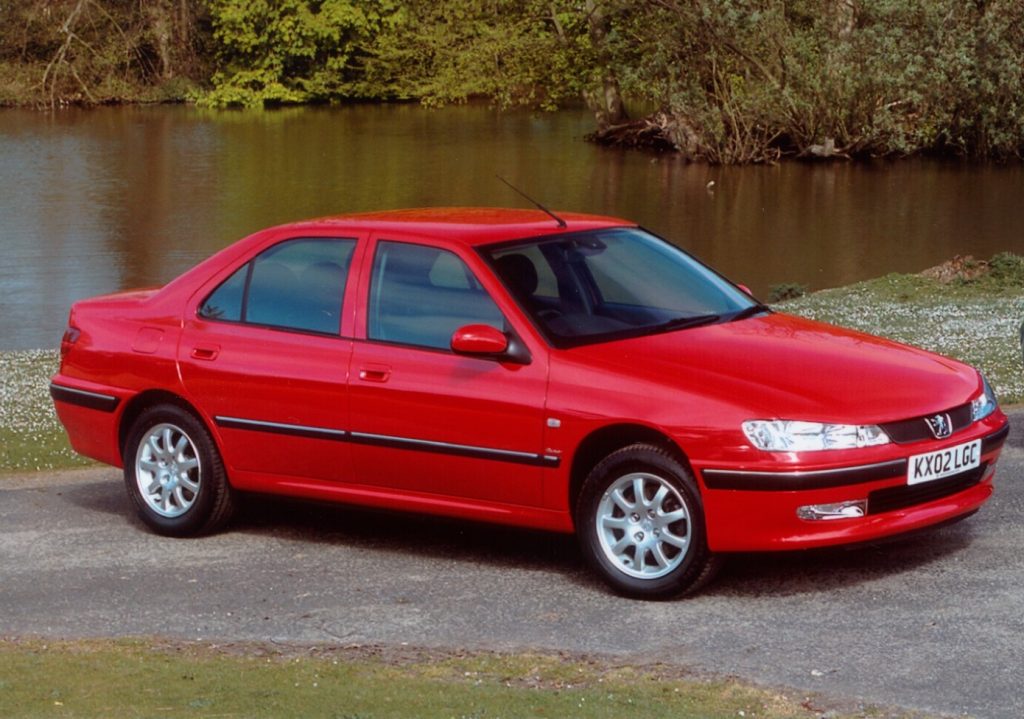
Author: Daniel Bevis
Photography: PSA / Daniel Bevis
Three decades ago, the 406 was a high water mark for Peugeot.
There’s a specific and engaging formula for creating a successful saloon car, and Peugeot has had it nailed since the seventies: make it crisply styled without being flashy, ensure that the seats and suspension are nice and comfy, pay attention to the everyday touchpoints, and spice up a sensible range with an unexpectedly frisky version. Witness the 505 GTI shoving a rocket up the backside of the school run, and the 405 Mi16 taking your breath away as it diverted your daily commute through a burning field. Sensible every day, but not necessarily all the time.
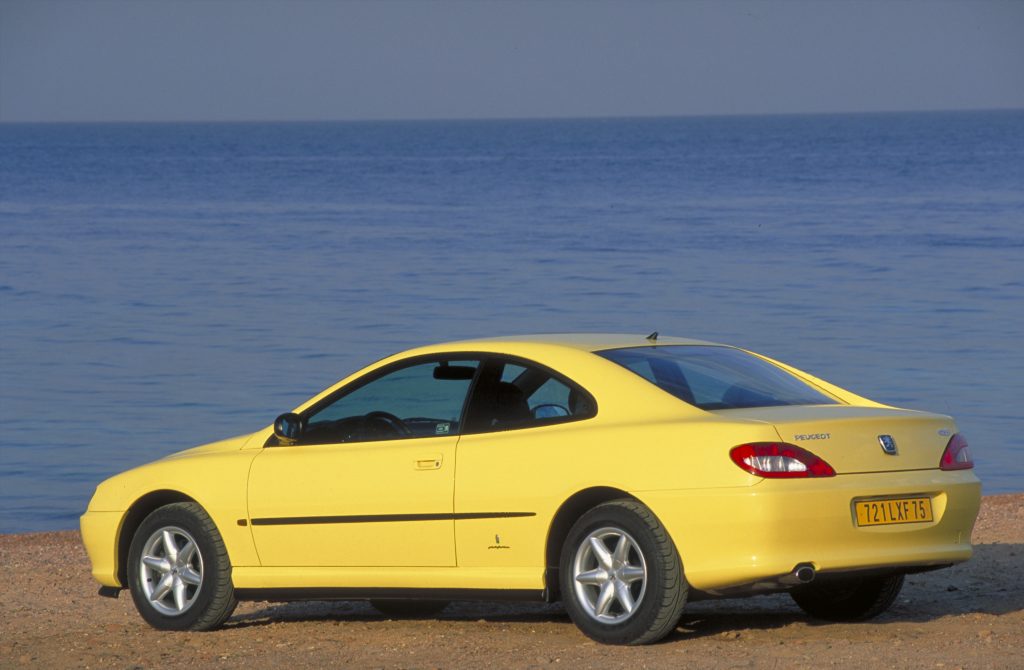
When the 406 arrived in 1995, it didn’t need to impress you. It knew what it was about. The proven formula of the 405, beloved of families and minicabbers since the late-eighties, was reimagined in the tasteful-but-not-outré styling of the mid-nineties; the 406 knew it was good, it just had to wait for buyers to realise. And realise they did, particularly when fleet managers got wind of their blend of quality and robustness and rapidly installed them as a stalwart of lane three, freshly ironed shirts perennially waving in the rear windows on the way to the next big sales conference.
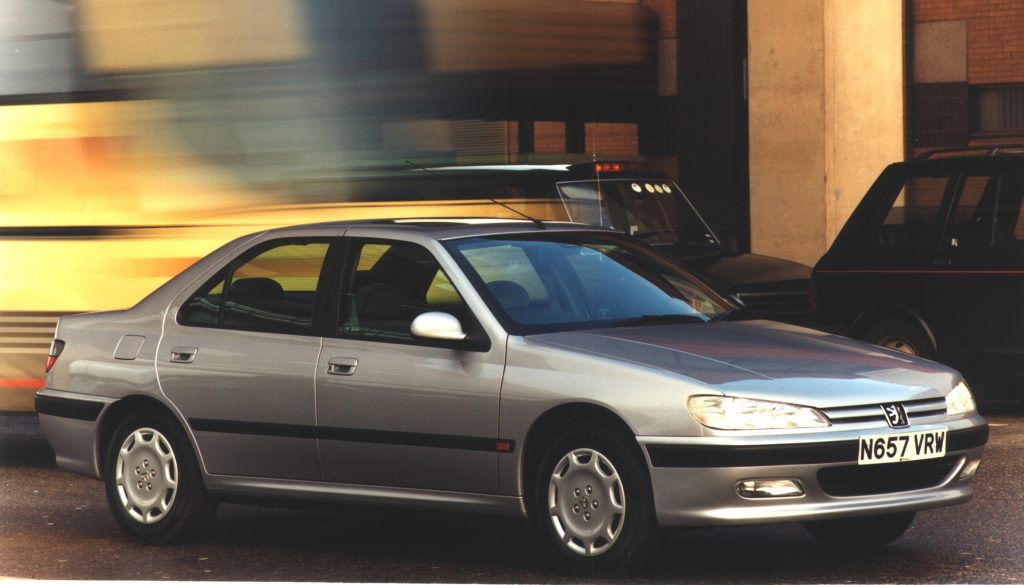
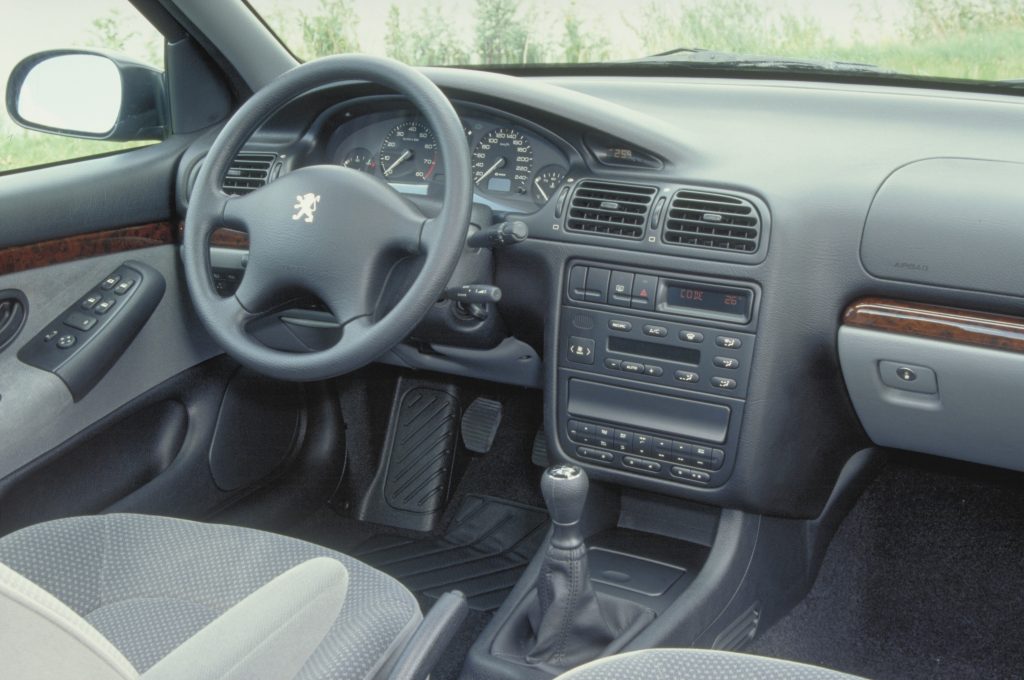
Yes, there was an everyday-hero undercurrent to the model range. In either saloon or estate form, the 406 was overtly designed to be pleasingly comfortable, while also being tough enough to tackle the vagaries of day-to-day use and elegantly styled so as not to look like old hat before too long. Indeed, look at one today and it’s hard to believe that this car emerged in the Britpop era; alright, it doesn’t look modern, but it doesn’t look like a Mk3 Cavalier either. It’s wearing the years well. Look inside and you’ll find all the evidence you need of these baked-in characteristics: the dash is logically laid out and not over-embellished, the steering wheel is thick-rimmed and sculpted, the seats are just the right amount of squishy. Sober-hued plastics are juxtaposed by tasteful wood trim. Everything is just as it should be, no more, no less (but then perhaps just a little more, because you deserve it). Oh, and the options were delectable: potential buyers were tantalised by such fabulous dangling carrots as variable electronic suspension control, memory seats, and speed-sensitive power steering; this was a saloon which could come with a rear wiper, something that other manufacturers saw solely as hatchback fare. This truly was desirable stuff in 1995. And with the ‘Phase 2’ facelift in 1999, you could spec your 406 with automated digital climate control, an auto-dimming mirror, and ten-speaker JBL audio.
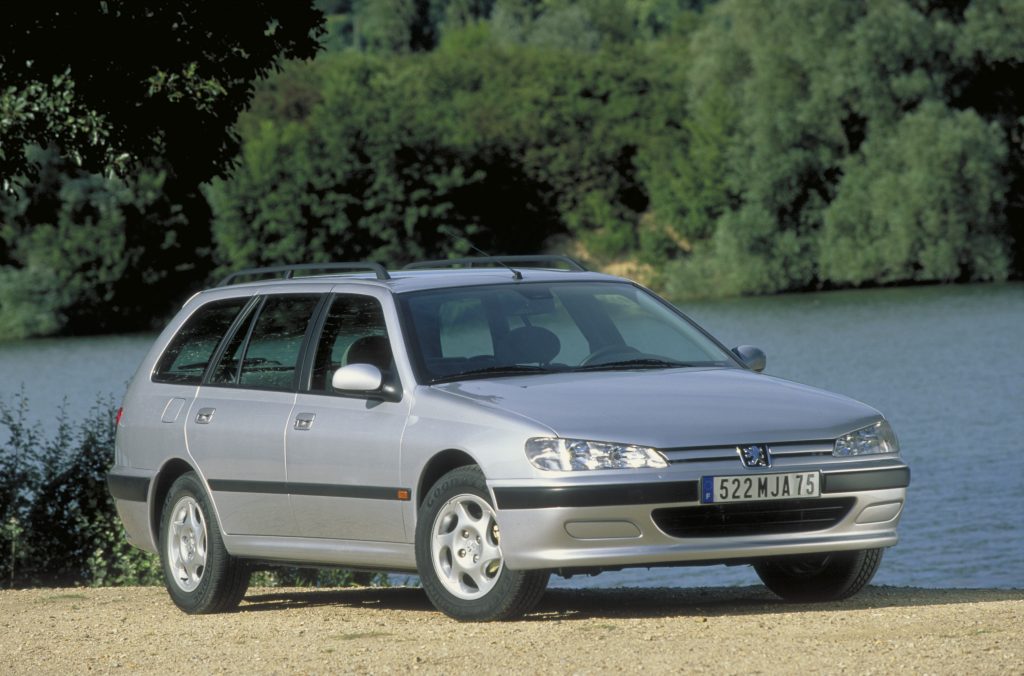
There was a V6 in the engine line-up too, of course there was. Families may have plumped for the frugal 1.6, executives might have wanted to show up their rivals in the car park by opting for the 1.8 (or hey, if the numbers are going up this year, perhaps even the 2.0), while the various diesel options made a lot of sense for the pooch-hauling station wagons and minicabs, but there’s always room in French car culture for a creamy-smooth vee-engine, and for the 406 this meant three-litres, twenty-four valves, all-aluminium construct and, from 2000, Porsche-tuned variable valve timing. But this wasn’t about raucous performance, of course. This was about wafting along on rich swells of torque, effortlessly comfortable and supremely unruffled.
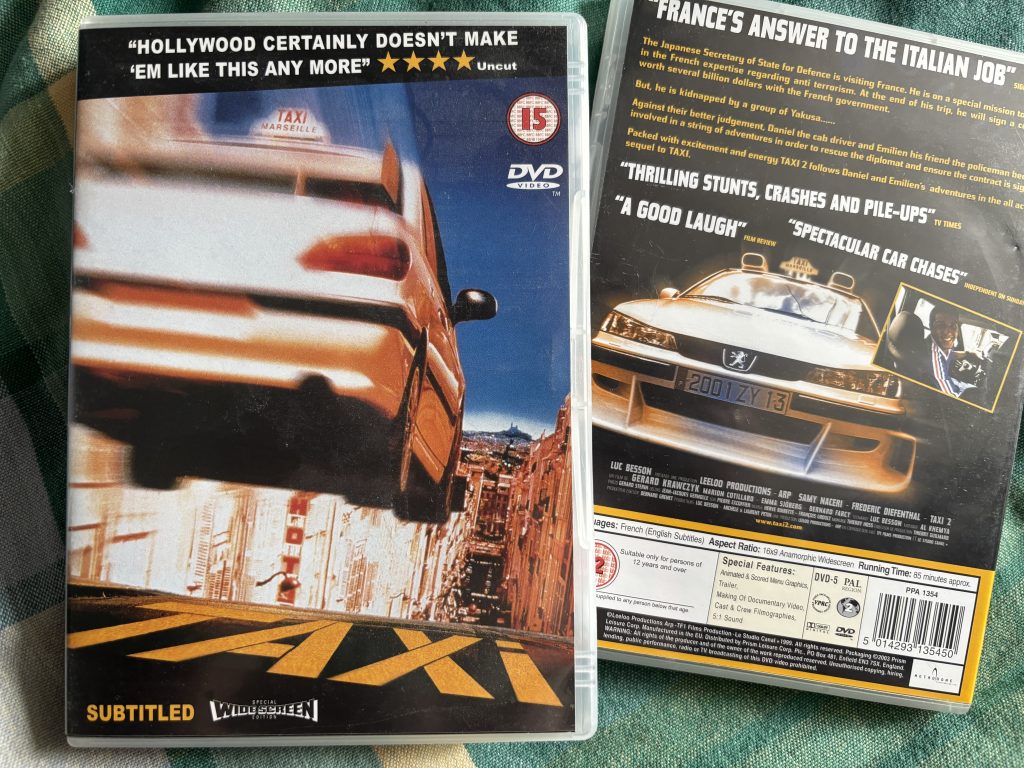
Oh, but the 406 could be mischievous if it wanted to. It may not top the average list of ‘all-time greatest movie cars’ of a Hollywood-oriented persuasion, but in France the 406 is the stuff of silver screen legend. Thanks to the magnificent silliness of the 1998 movie Taxi (which, if you haven’t seen it, you should go and watch immediately after reading this), it’s impossible for a French person to see a white 406 saloon without wondering whether it has air jacks and hidden spoilers. And the Touring Car vibes of those multispoke rims and that mad aero didn’t exist in a vacuum: the 406 saloon was something of a BTCC hero in real life too – perhaps not in terms of actually winning any championships, but crikey were they good-looking race cars.
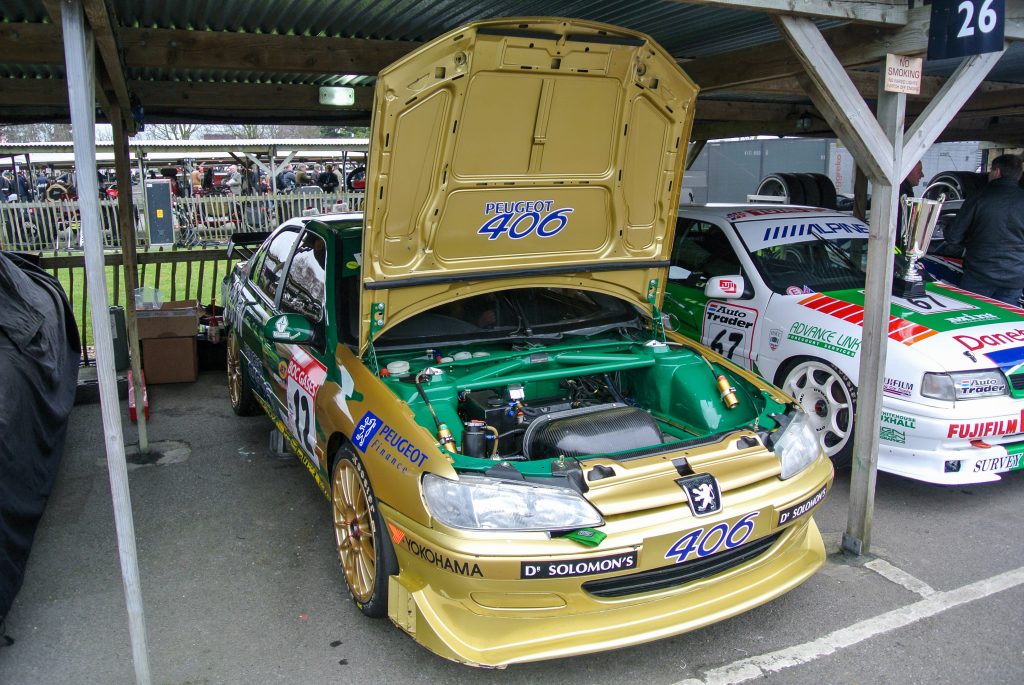
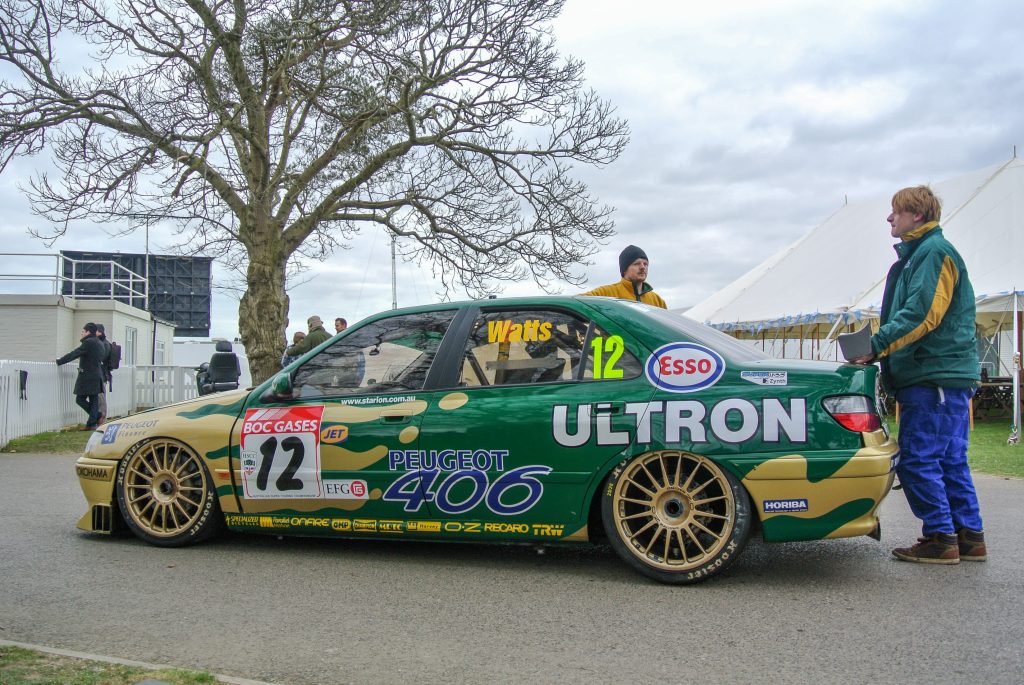
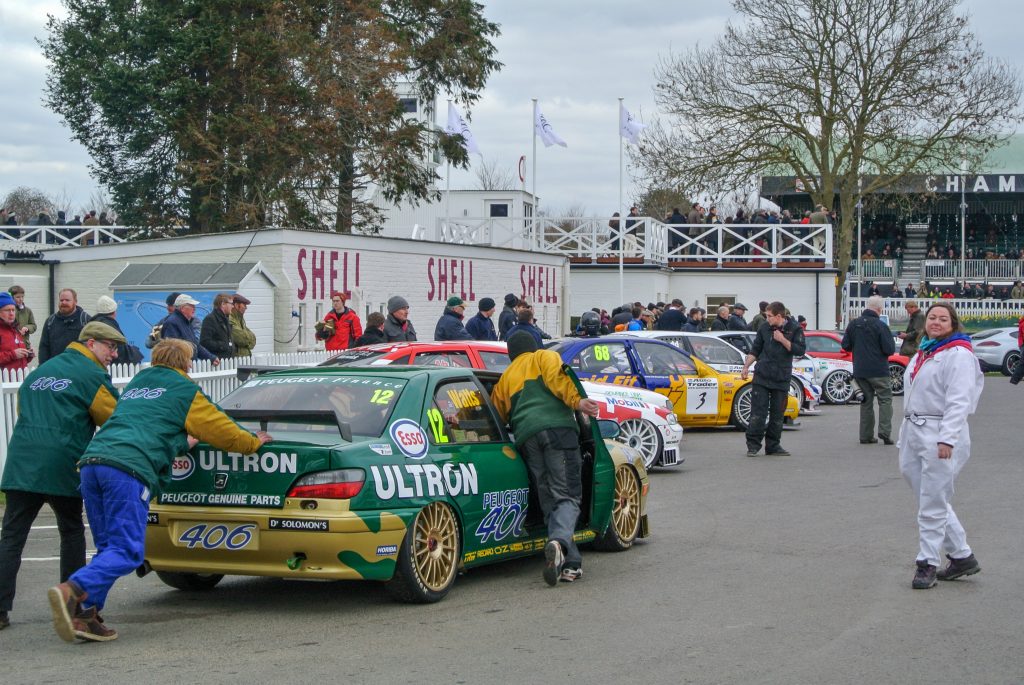
Crucially, there’s a rather stylish coda to all this. Because while the very essence of the 406 was to exude measured modesty and utilitarian practicality, there’s an irrepressible and ingrained flair and panache to Peugeot that just cannot be quelled. Which is why, in 1996, the Pininfarina-designed 406 Coupe whimsically shimmered in from stage left, unapologetically reframing the established 406 design touchpoints within the stylistic image of a contemporary Ferrari. And there’s a good reason for that, actually, as the story goes that Pininfarina had penned a design for an entry-level Ferrari which Maranello rejected, so they took the design to Peugeot instead. (OK, for the sake of truthfulness we have to make it clear that that’s a load of codswallop which was directly denied by Paolo Pininfarina. But the myth is more fun.) Taking the saloon’s underpinnings and mixing in a wider track, lowered ride height and, in the case of the V6, some Brembo 4-pots, this was a stirring remix of the established formula and it’s still achingly pretty today.
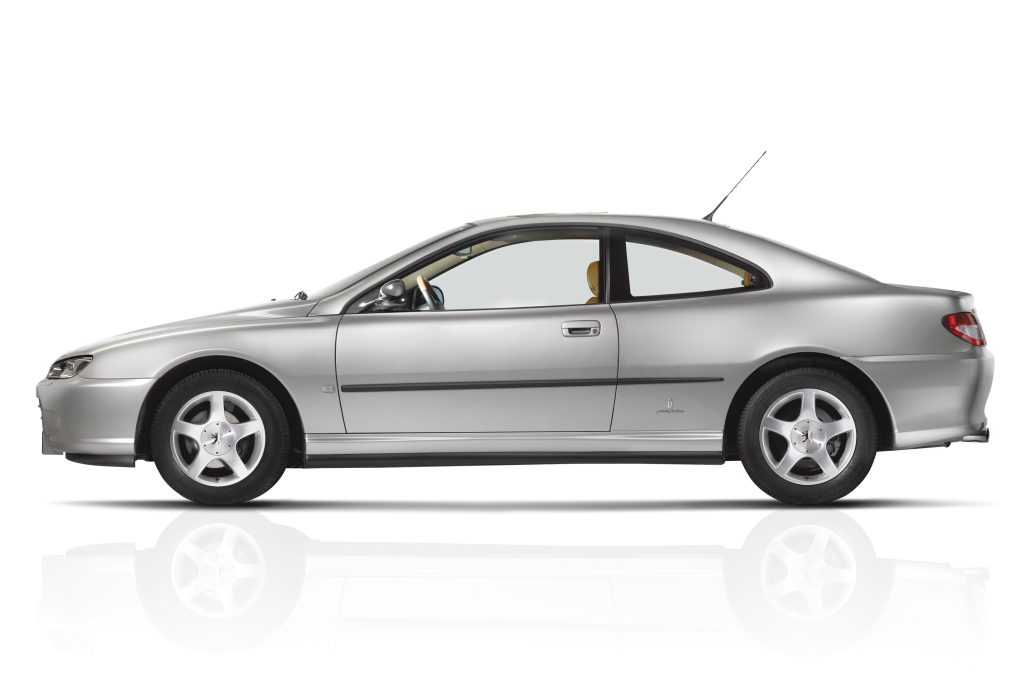
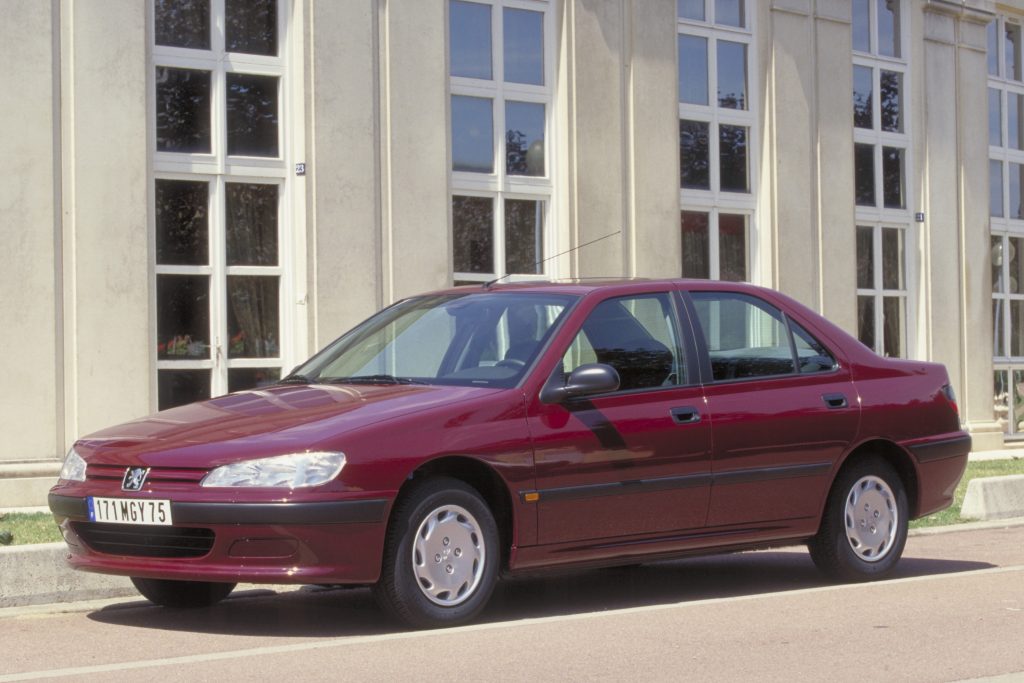
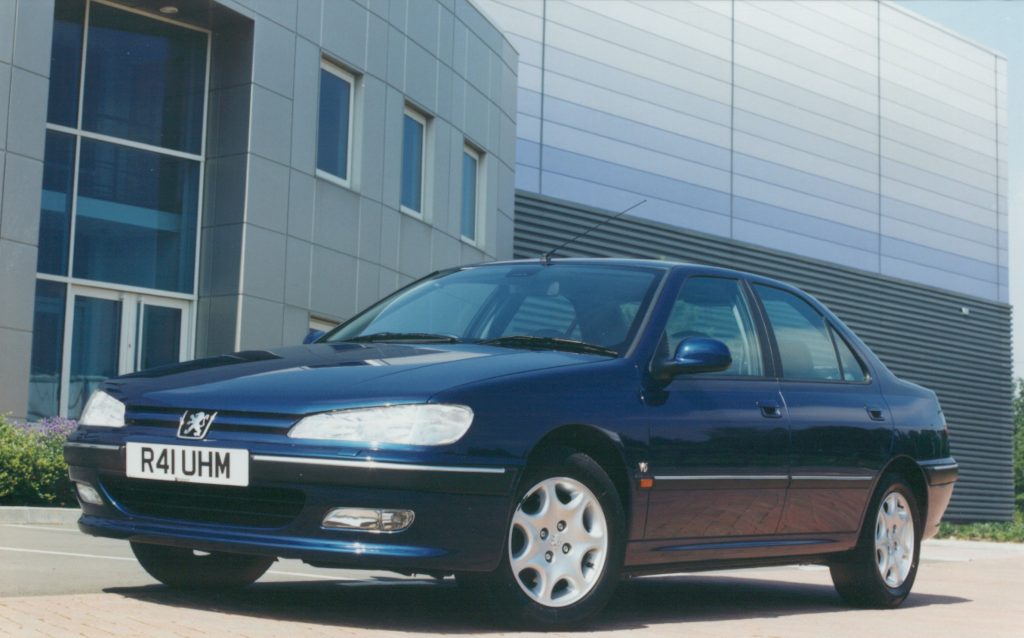
With a high rate of attrition and the curse of short memories, the 406 may be, for many, one of the archetypal rare-but-nobody-cares cars, something that was once ubiquitous and became extremely scarce simply because few people thought they were worth saving. But if a reminder of the 406’s specialness were needed, just look at what replaced it in 2004: the 407. Which was… fine. It was a car, it did car stuff. But was it elegant, or cosseting, or timelessly styled? No, it was an appliance. Whereas, for a glorious decade from 1995 to 2004, the 406 quietly got on with the unassuming but vital business of being excellent. And that’s why, when you see one coming up for sale, you need to bear in mind that these things need saving. As a car enthusiast, this is your duty.
Did you own a Peugeot 406 back in the day? Perhaps you still have one? Send your stories through to hdc@hagerty.co.uk